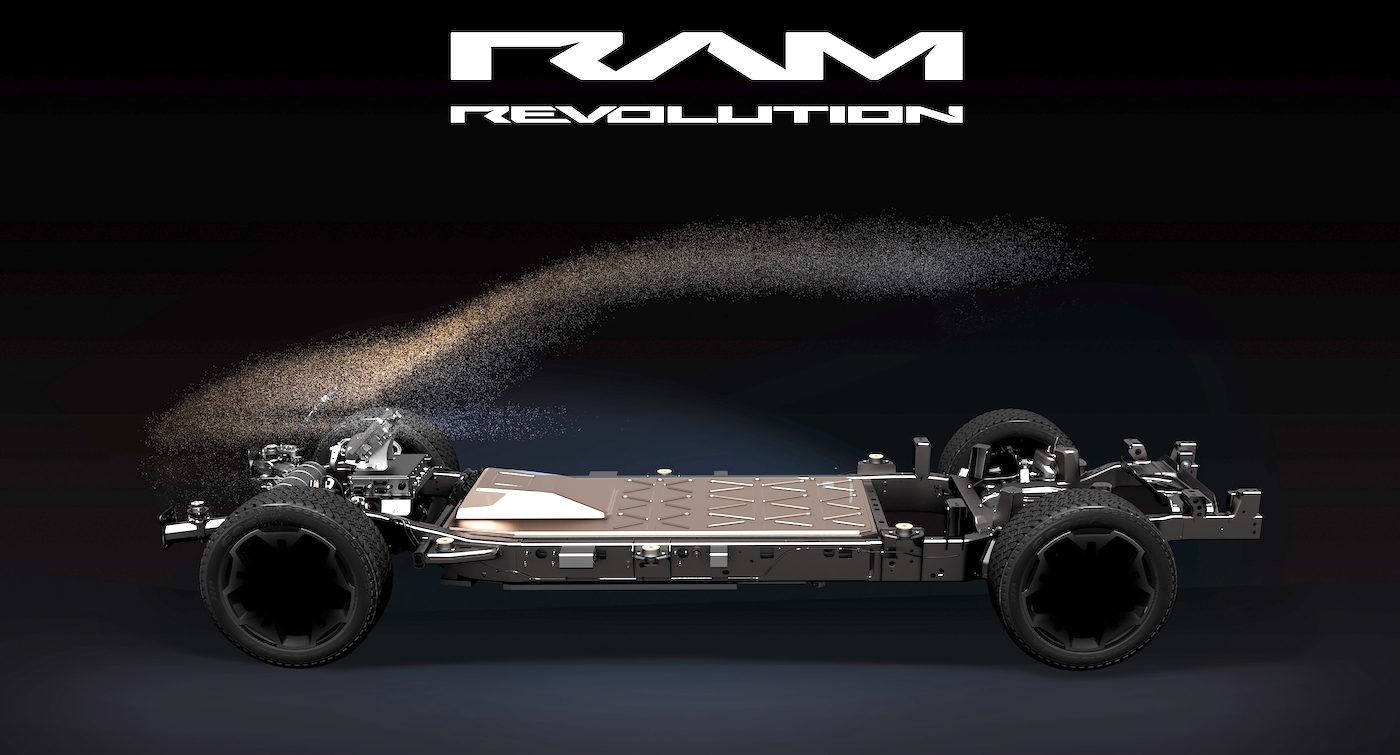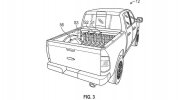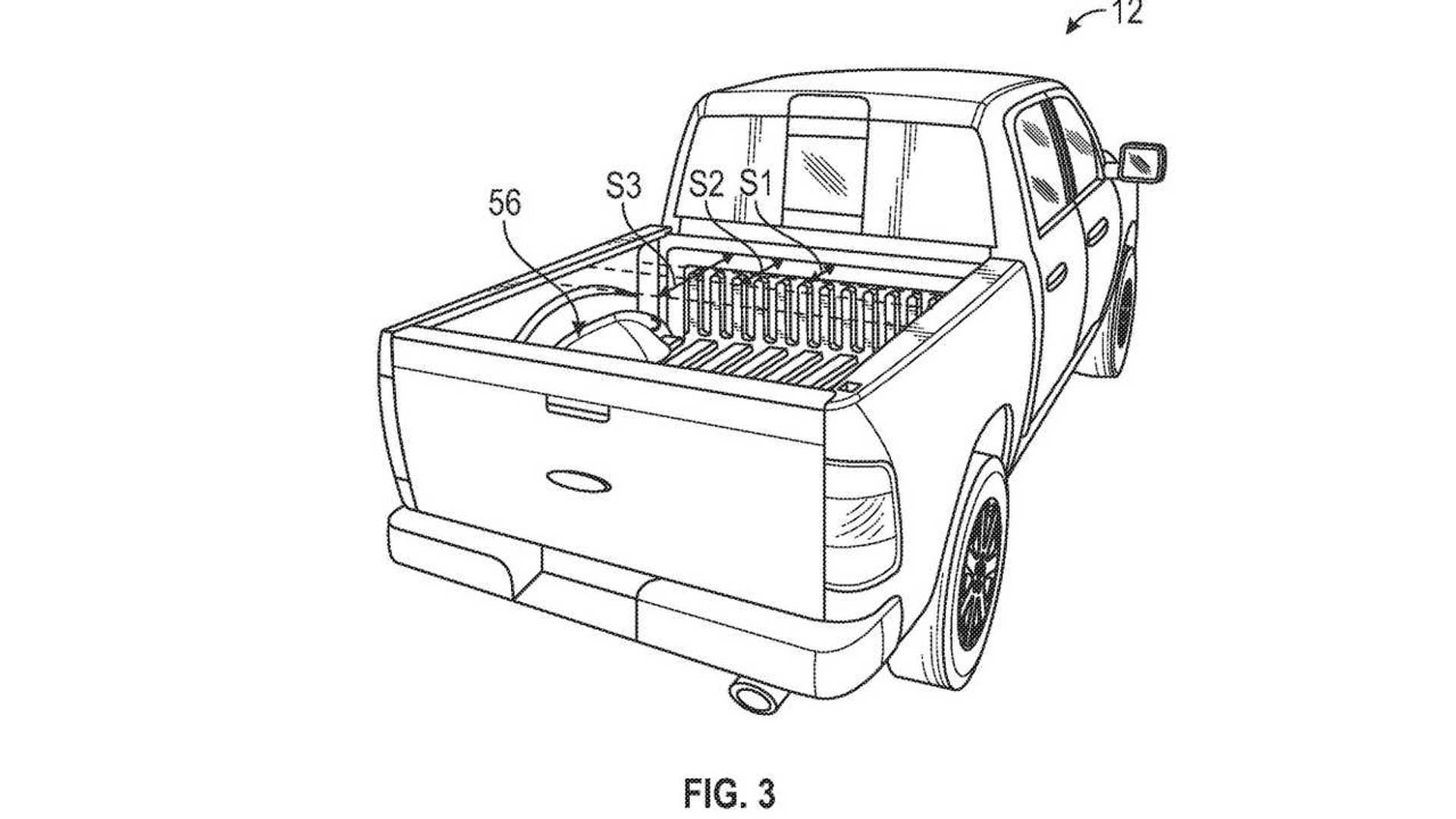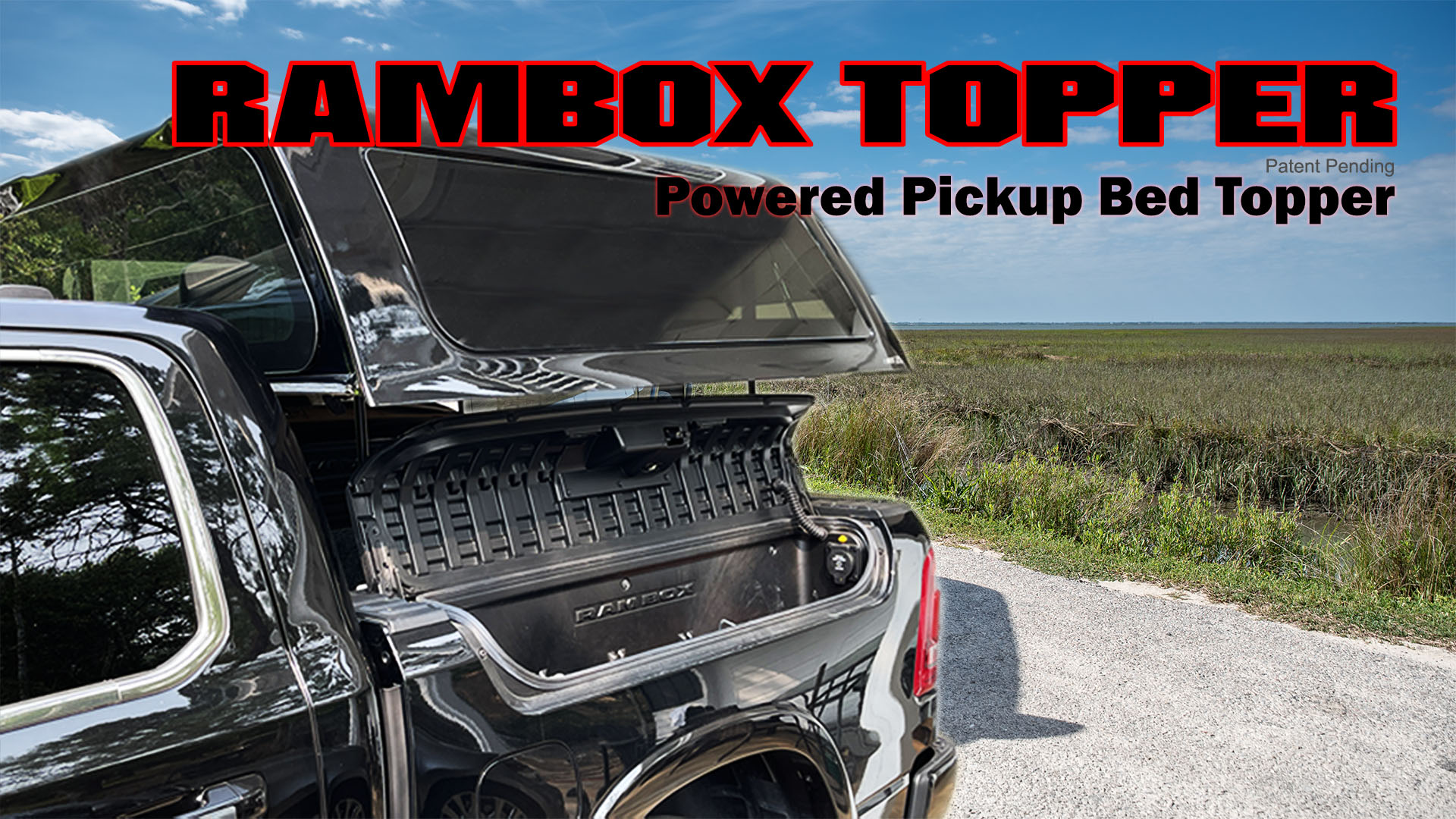habu987
Stormageddon, Dark Lord of All
- Joined
- Apr 27, 2018
- Messages
- 557
- Reaction score
- 460
- Points
- 63
I traded my '19 in for a Sorento PHEV in December since I needed a 3rd row, and for the most part I thoroughly enjoy it. There are some nits I have to pick with Kia's particular implementation of the PHEV, but the concept is excellent.The thing is...hybrids have made sense for a long, long time, but they've taken a long time to catch on. At this point, we should be going the other way and doing extended range hybrids (driving the wheels with electric motors and using small onboard IC engines as generators/chargers). It feels like that combo would provide unmatched torque and range until battery tech evolves beyond it.
I don't see why Ram couldn't easily jump on the PHEV boat by going with a dual electric motor producing outputs similar to Ford's Eluminator, a ~30kW battery, and an appropriately sized ICE generator to keep the batteries charged under any load condition, which would result in significantly higher MPG than what we get now. Done right, that would allow the truck to run 100% of the time from the battery, with the ICE only ever working to charge the battery.
To keep a usable payload, that would likely require Ram to hike the GVWR above the artificial cap like Ford and GM have already done, but it's not a show stopper.
Honestly, I'm flabbergasted none of the manufacturers have done this already.

















